Before Adelaide’s post office undergoes a huge renovation, read the inside story
ADELAIDE’S post office precinct is about to undergo a huge change, after 140 years. Before it does, see what it used to look like.
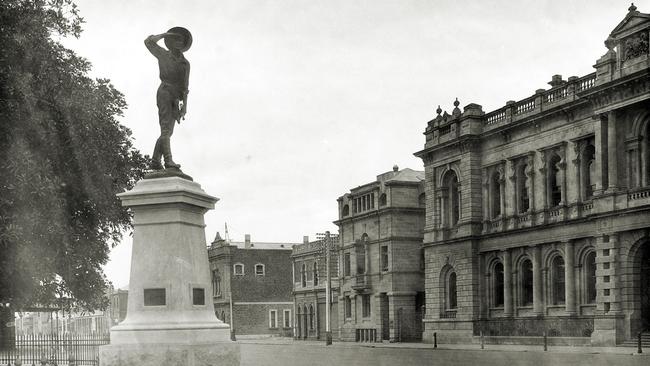
SA Weekend
Don't miss out on the headlines from SA Weekend. Followed categories will be added to My News.
- Work to begin on $250 million GPO Exchange tower
- Back when people swam in the River Torrens
- Adelaide’s old butcher shops of the 1940s, 50s and 60s
- Growing up in the freedom of the 1950s
IT has lain silent and deserted for years, and musty hallways and darkened rooms have gathered dust and cobwebs that covered the decaying infrastructure within.
Still and soundless for so long, Adelaide’s original Central Telephone Exchange is about to bounce back to life and become part of a flashy new food and retail hub.
Last week, work started on the redevelopment of the GPO precinct, which is planned to have two multistorey office towers, retail outlets, eateries and shops built around the adjoining plaza and laneways, while the Telephone Exchange will be refurbished as boutique office space.
The GPO has always been considered one of the city’s finest buildings.
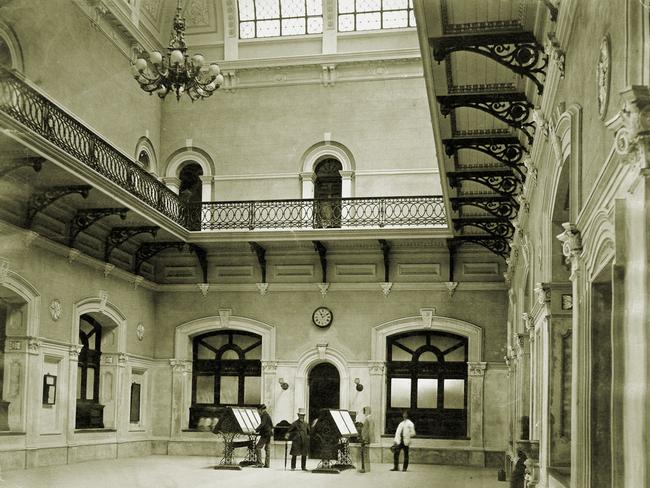
It was opened with great celebration in 1872 and was later described as “the finest of public buildings” and “preferable to either the Melbourne or Sydney Post Offices”, by author Richard Twopeny in his publication Town Life in Australia.
The structure was finally completed in 1876, with the addition of the landmark Victoria Tower.
The tower houses the clock, made to the specifications of Postmaster-General Charles Todd, and the bells, which were copied from those of Westminster Abbey and designed to chime on the quarter hour.
Inside the imposing construction was the grand postal hall, with its half-domed roof and cleverly designed layout of discreet offices arranged around the perimeter of the interior.
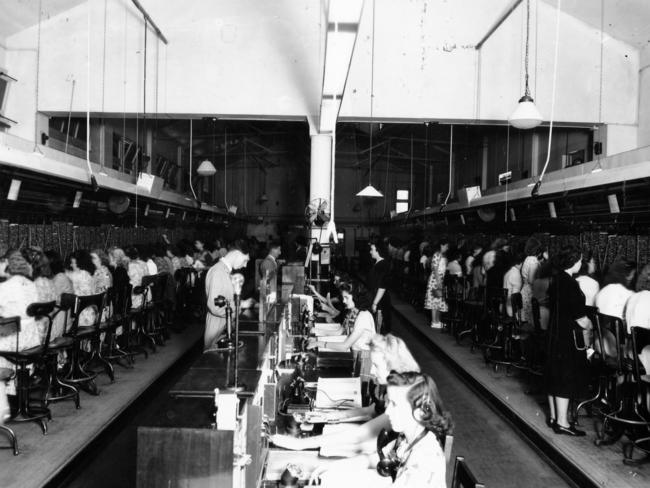
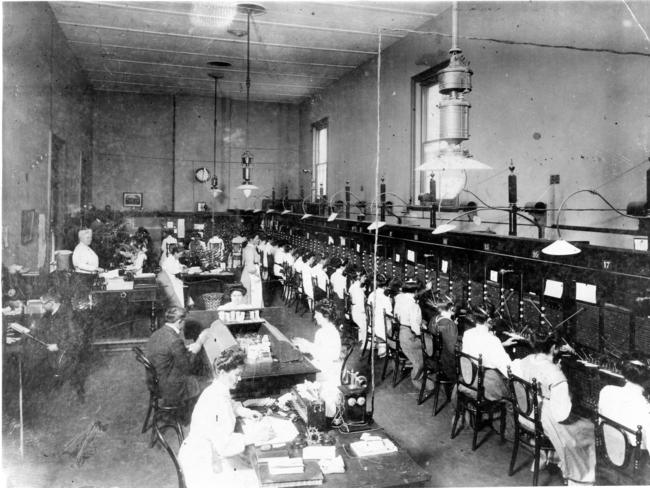
These included special sections for money orders, stamps, mail delivery, private boxes and the telegraph receiving office.
It was the most expensive building erected to that time by the colonial government in South Australia, at a cost in excess of £55,000 and to this day continues to play an important role in our city. Next to that still-imposing edifice, in Franklin St, stands a much more modest structure, the Central Telephone Exchange.
It was added in 1908 when the first telephone exchange, which was crammed into the back corner of the GPO, was no longer able to handle demand for the newfangled gadget, the telephone.
SA had been quick to respond to Alexander Graham Bell’s 1876 invention, and by 1883 Adelaide had its very first telephone exchange, with 27 subscribers. That reportedly grew to almost 700 subscribers within three years.
It wasn’t until Federation in 1901, when the various state post and telegraph departments were joined into the Commonwealth Postmaster General’s Department (PMG), that the new device was able to expand at an exceedingly rapid rate.
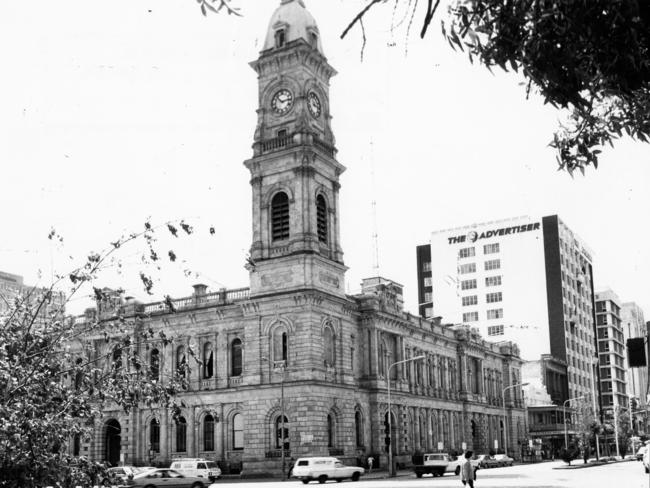
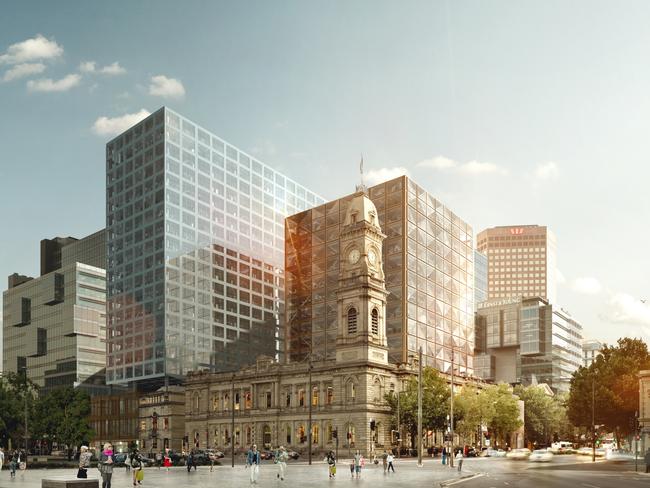
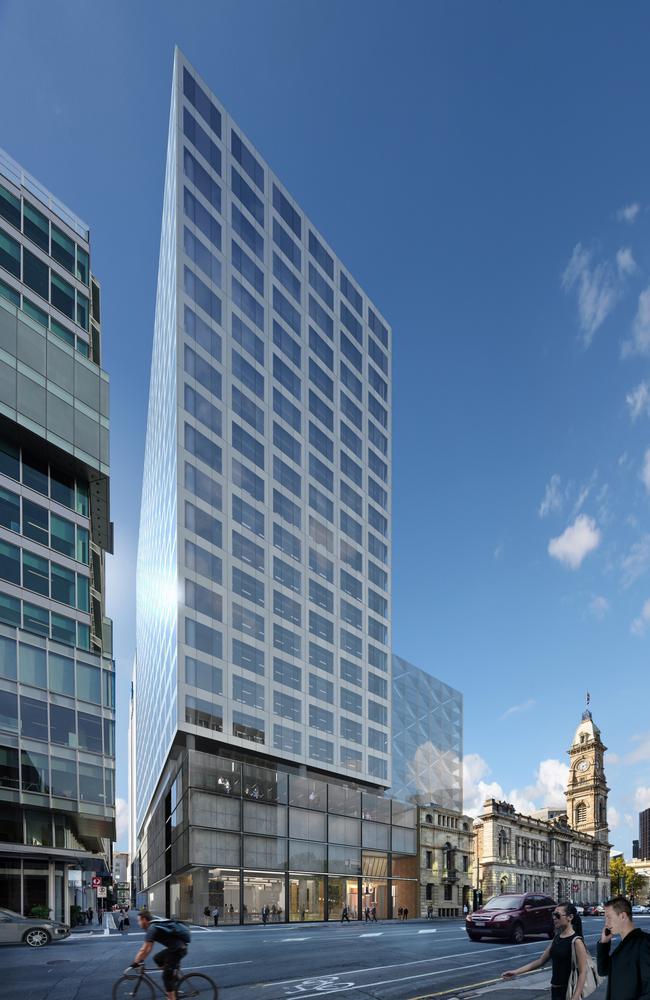
Demand for the service easily outstripped supply and women usurped the first male operators, becoming crucial to the spread and maintenance of the telephone network.
Thousands of women were hired and worked in the Central Telephone Exchange from when it first opened in 1908 until it finally closed in 1955.
Legend has it that men, initially hired as switchboard operators, found the work tiring and were impatient and abrupt so women were brought in and found to be perfect for the job.
Many Baby Boomers may remember their first experience with a telephone as children or even teenagers.
On picking up the phone, after a short delay, the operator would ask “Number please?”
After giving the number, there was a short pause, then the operator would say “Go ahead” and you would be connected.
Calls were charged by the minute and after a three-minute period, the operator might ask “Are you extending?”
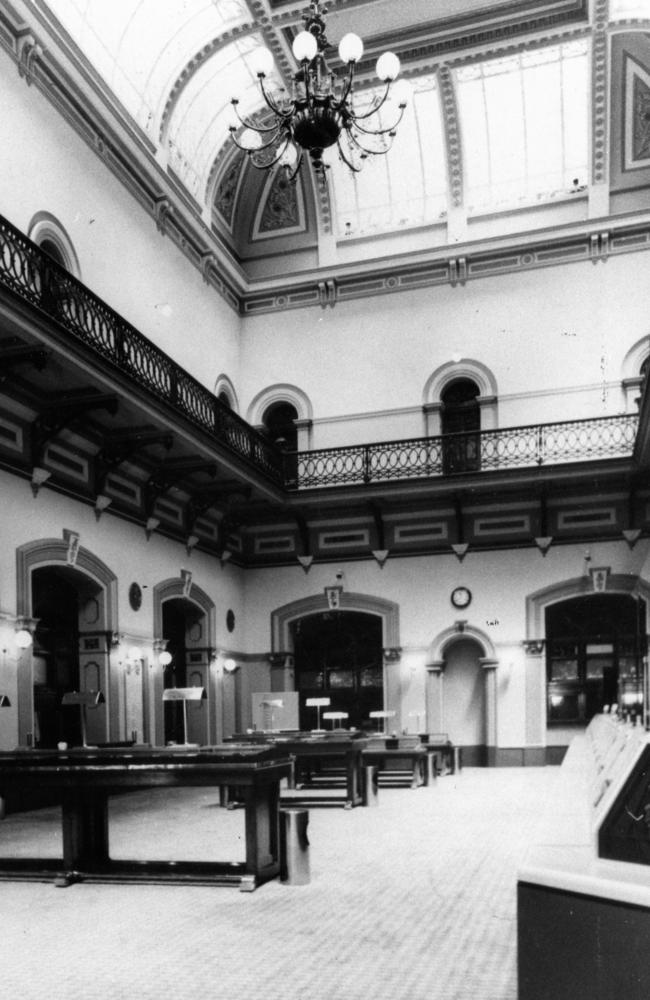
At the end of the call, you simply hung up and the call was disconnected.
In a recent post on our Adelaide Remember When Facebook page, a long-
retired telephone technician took the trouble to explain how those early switchboards worked.
“A wire goes out from your house to the main switch station (called ‘the exchange’),” he wrote.
“One of the wires is a ‘ring’ line. You crank the phone and it generates about 50 volts, and rings a buzzer at the switch station. She asks you who you want to talk to, and then she rings their line and patches you into their line.”
That is the very earliest phone system.
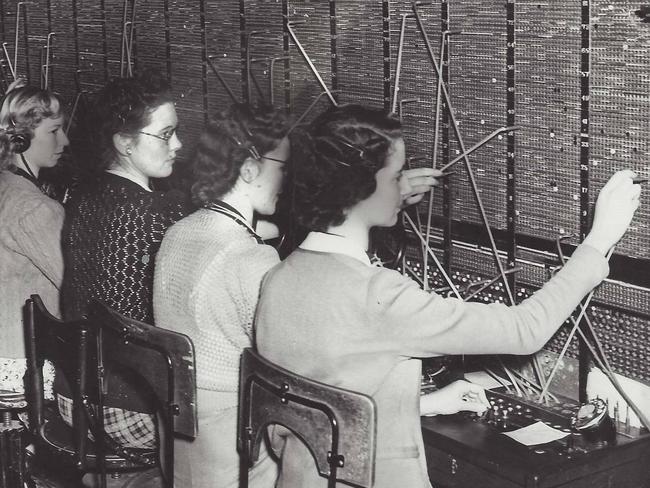
Also in those days, sometimes multiple houses would be on the same line to save on copper wires, and it was called a party line.
Your phone would ring every time a call came in to anybody, and every time somebody called out. If you picked up the receiver, you could hear them, and were expected to hang up if it wasn’t your call.
Often in those communities, the operators would devise a code, a long and a short, two shorts, a long and three shorts, that sort of thing.
The days of the switchboard operators at the Central Telephone Exchange are long gone but thankfully the old building gets another life as boutique office space in the new GPO precinct and so will continue to be part of our city’s proud history.
Bob Byrne is the author of Adelaide Remember When and posts memories of Adelaide every day on facebook.com/adelaiderememberwhen


